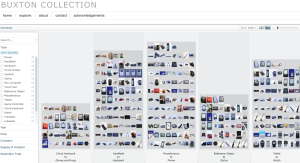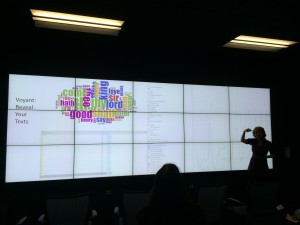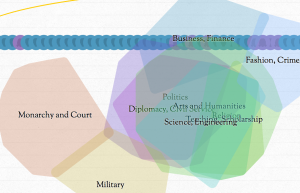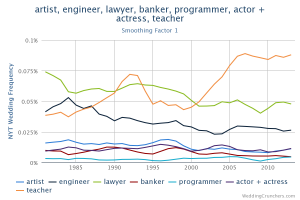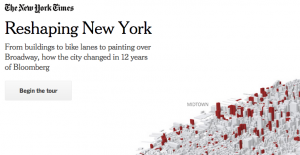Bill Buxton has made available his collection his Buxton Collection of Interactive Devices. This collection of input and touch devices like chord keyboards, watches, pen computers, and joysticks. I saw some of his collection when at GRAND in 2011 as he mounted a display for CHI 2011 which took place right before.
What is doubly interesting is the Microsoft Silverlight PivotViewer which is for exploring large sets of visual objects. You can explore the Buxton Collection with Pivot if you install Silverlight. Apparently Pivot is discontinued, but you can still try it on the Buxton Collection.
The interface of the PivotViewer reminds me of Stan Ruecker’s work on rich prospect browsing. He developed an interface that always keeps the full set of objects in view while drawing some forward and minimizes others.
